MP3 Players were the Pinnacle of Portable Music
A Musical Whirlwind through Time, with Pictures!
The Rise of Portable Audio
For as long as I — and most of us — have been alive portable music has been a thing. Whether it be something as simple as playing the radio, cassette tapes, or CDs in the car, to those old and bulky AM/FM radio headphones from the 1990s.
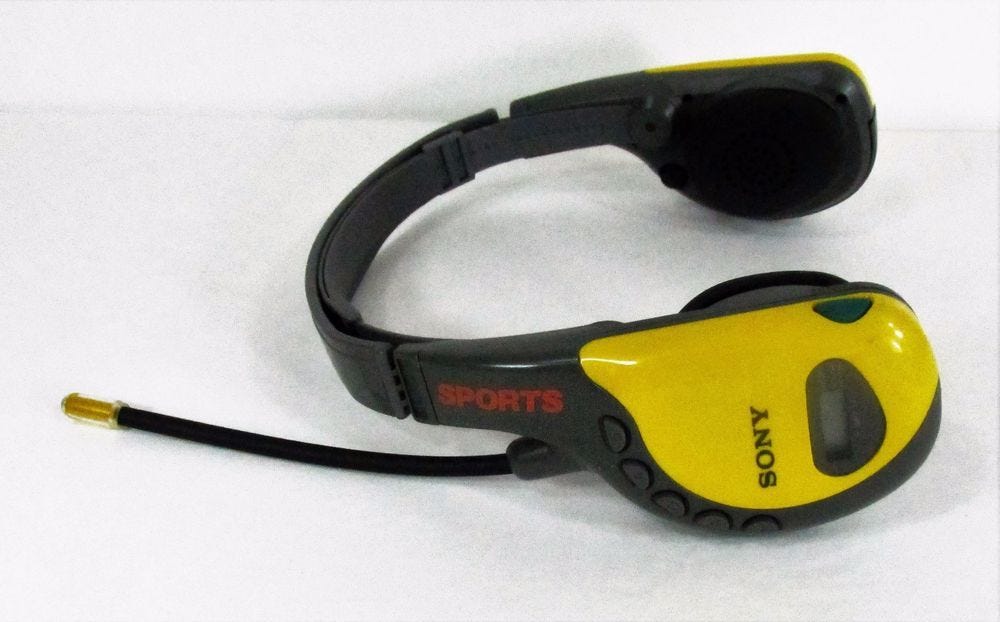
But what if you walked, or rode a bike, a train, or some other form of mass transportation and wanted something more than the local radio stations? You clearly couldn’t use the car stereo for that. I suppose you could have rocked a Ghetto Blaster, but that would have probably been pretty upsetting to the people around you if not used with discretion.
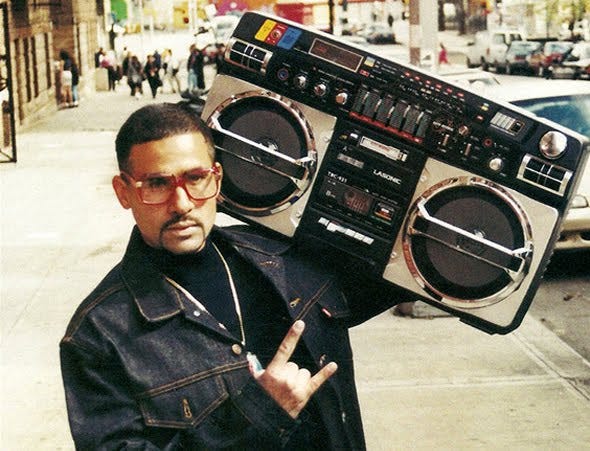
Well, thankfully there were things like Sony’s Walkman and Discman which played cassette tapes and CDs on the go respectively. Sure, there were plenty of clones out there from all sorts of different companies — some good and some bad — but Sony always had the best ones in my humble opinion.
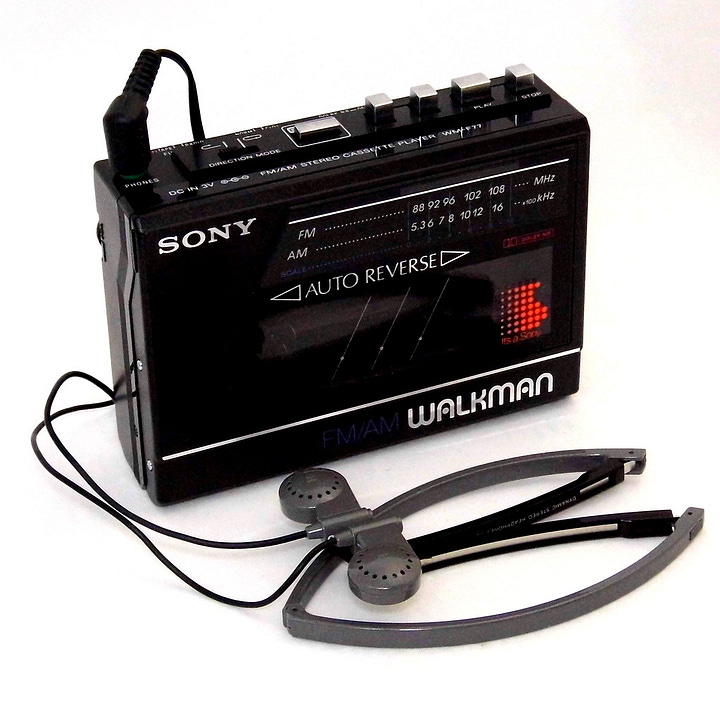
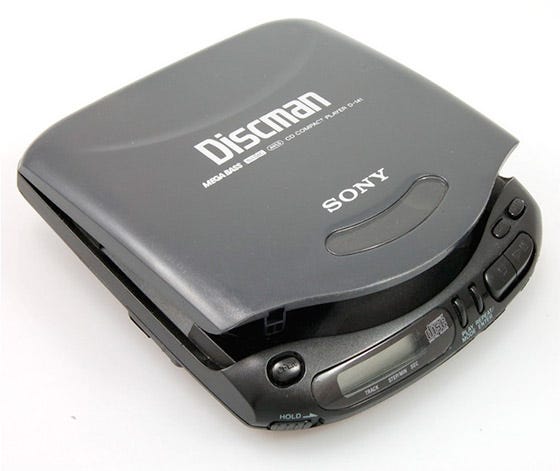
They even kept up appearances as the styles changed in the tech aesthetic of the late 90s and early 2000s.
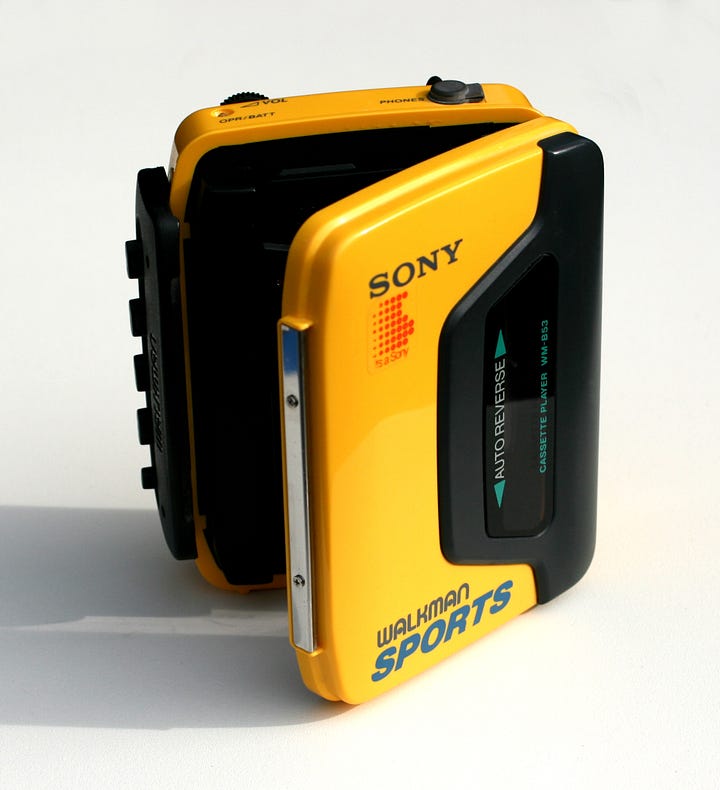
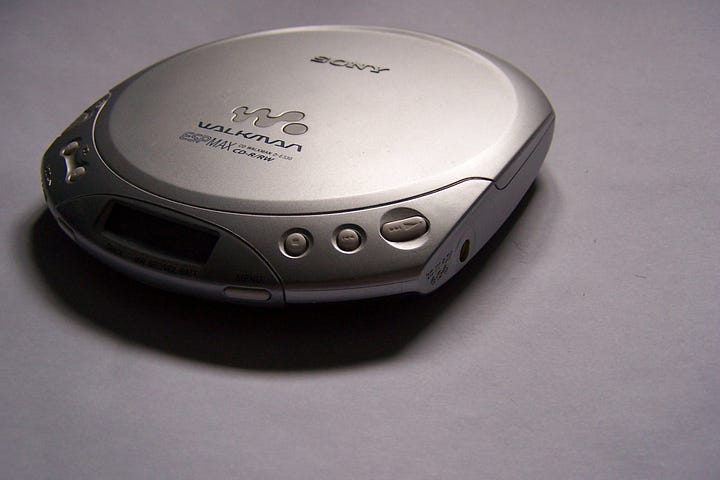
These innovations were a godsend for music lovers of that era, but they weren’t perfect. Cassette tapes — officially called Compact Cassettes — were invented in 1963 and audio CDs in 1982 so both were old technologies even at the height of their popularity. While I love analog technology, tapes were inferior to CDs in pretty much every way. The tape itself inside of the plastic shell was thin and could be easily damaged. Besides that, the tape was magnetic so just like a floppy disk you needed to protect them from strong magnetic fields lest you effectively wipe the data stored on it. Also, it was time consuming to produce and listen to. For example, if you wanted to listen to track 7 on an album there was no quick or easy way to get to that track on a cassette; at least not until near the end of the media’s life, and even those fancier tape decks weren’t fast by our standards as it had to physically wind the tape to the right spot. If you didn’t have one of those you would have to manually fast forward and rewind to try to find the beginning of the song.
CDs, on the other hand, still hold up today in my opinion. In fact, I’d say a quality CD player is still the third best way to enjoy portable music behind an MP3 player and streaming. They were faster than cassette tapes, could store way more, had WAY better sound quality, and were all around just a better technology. Still, portable CD players weren’t perfect. In my experience a Walkman or other portable tape player would last significantly longer on a pair of AA batteries than any CD player did, which is not surprising. Also CD players were prone to skipping if jostled around too much in your bag or your pocket. It wasn’t until the late 90s when manufacturers started adding tiny RAM chips to them which would pre-buffer a few seconds of playback ahead to help mitigate this. Beyond that, CD players were just bigger and less convenient than something like a Walkman simply because of the size of the media itself. And then, of course, there is the fragility of the actual CD. While pretty durable and not having the same risk from magnets, the plastic discs were prone to scratching. While this wasn’t too much of an issue with small, superficial scratches, lots of them or even just a single deep scratch could cause the disc to skip or not even be playable.
As the turn of the millennium approached and technology continued to advance we started to see new tech like MP3 players start to show up on store shelves. These early players like the Creative Nomad Jukebox, released in 2000, were as almost as big as a CD player but was heavier and WAY more expensive retailing for a whopping $500 with a 6 GB hard drive inside.
A couple of years later, in 2002, you could spend a little less ($320) for something like the Archos Jukebox Recorder 20. It was still heavy and bulky, and it had a smaller hard drive, but it featured USB 2.0 which doesn’t sound like a big deal, but it was back then.
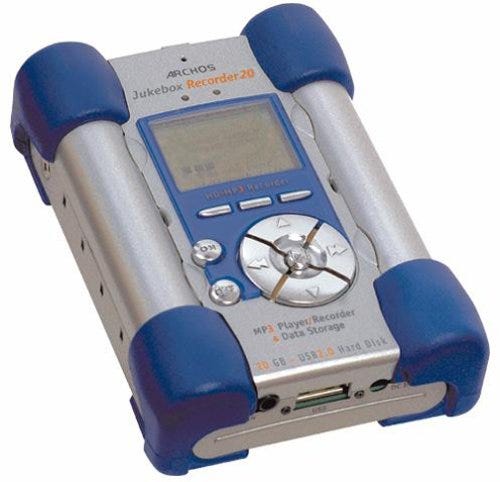
If you’re enjoying the article, please consider sharing it; and if you want to join the conversation, check out the Substack Chat or the Retro Millennial Telegram group.
As the 2000s rolled on, MP3 player technology continued to advance. The cost of flash storage dropped significantly and we were able to move away from the more fragile mechanical hard drives which, at first, really hurt the storage capacity per dollar but that only lasted for a few years. With flash storage becoming the standard by the mid-2000s we started to see the devices shrink and take on a personality of their own. It seemed like every consumer tech company out there started producing their own with a great degree of variance in quality, but it was the 2000s... that’s just kind of how everything was.

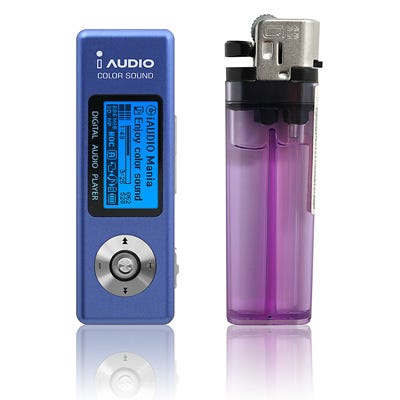
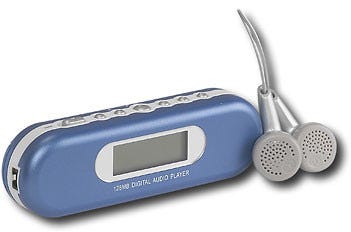
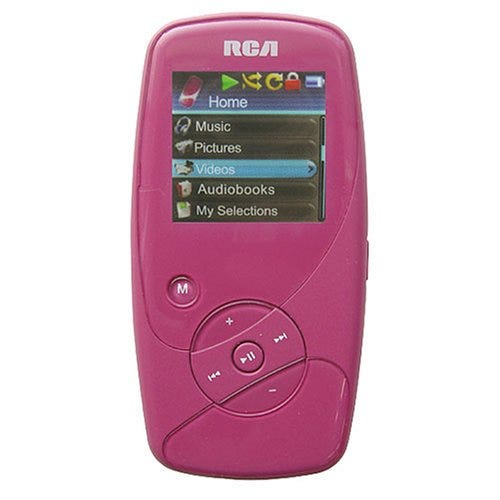
Of course, there were the big dogs in the MP3 scene. In my circle of friends Sony was probably the third biggest with their MP3 line of Walkman players. These varied in size and shape over the years but were always quality and demanded a premium compared to other players that tried to copy their design.
Then there was Microsoft with their legendary, yet ill-fated, Zune. The hype for this thing was something to behold around 2005-2006, so much so that I remember when it dropped a couple of guys in my college dorm got into a shouting match about whose MP3 player was better: the iPod or the Zune. College in 2006 was a silly time. Still, I don’t think anyone really denied that the Zune was a cool device.
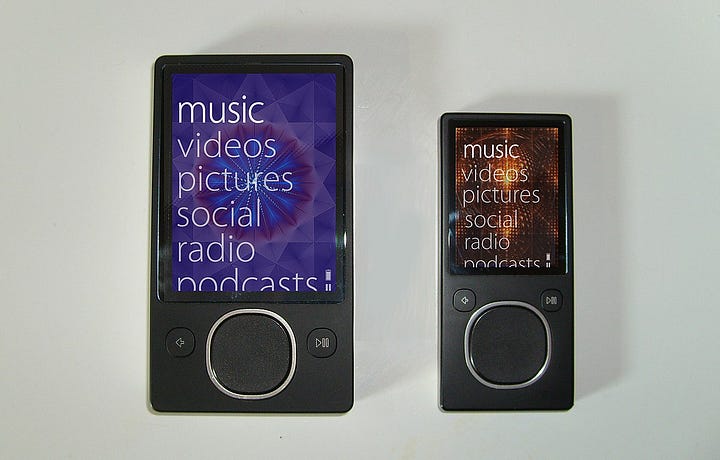
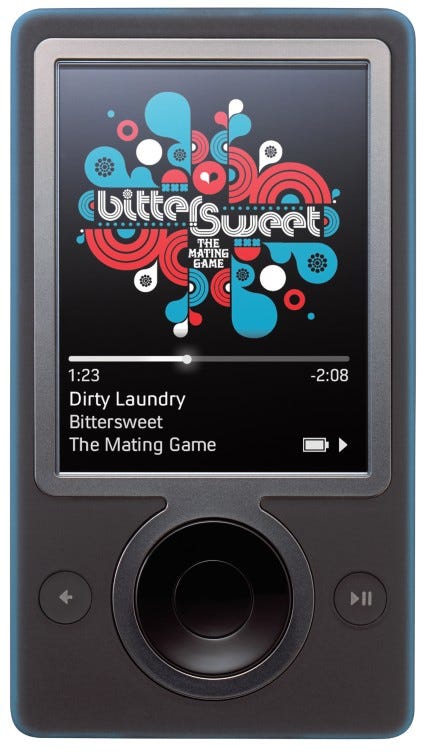
Still, as cool as it was, the Zune was really just a re-developed version of Toshiba’s Gigabeat S player. In the end, the Zune only lasted a few years before being discontinued in 2012.
And, of course, we can’t leave off the iPod — arguably the king of the MP3 era.
Apple’s first-generation iPod came out in late 2001 starting at $399 for the 5 GB model. As time went on the product matured, the interface changed, the storage capacity increased, and — along with the rise of the post-punk and garage rock revivals of the early 2000s — inspired a generation of music lovers with their iconic white earbud ads. Were they the best MP3 players ever? Probably not, but they really captured the zeitgeist of that point in the history of American culture.
So, What Makes the MP3 Player So Great?
So as not to be accused of being blinded by the nostalgia-goggles, I should preface this section with an acknowledgement that a very strong case can be made that streaming is superior to MP3 players. To an extent, I can actually agree with that, but for people like me who can and do enjoy/appreciate music streaming it has a few things against it.
First of all, you don’t own the music you’re enjoying. Your music library isn’t actually your music library. It’s more like your license library. Streaming music is a lot like streaming movies. You pay a monthly fee to have access to the content that company provides and it’s there precisely as long as they decide to keep hosting it or until their contract for it expires. While content falling off of music streaming sites and apps is less common than it is on a video site like Netflix, it does happen and it’s super frustrating when it does — messing up artist collections, playlists, and the like.
The streaming experience really falls apart in rural areas and places without internet as well. For many this may sound like a non-issue and it may be. For me, however, it’s been a way of life for a long time. For years my family and I didn’t have internet at home, mostly because we just couldn’t really afford it, but also because it was nice to be unplugged. This expanded once we moved to our current home out in the country where, for the first year and a half we had no internet options except really slow and overpriced satellite service or mobile hotspots. With that said, we have internet at home now — God bless the local ISP who ran fiber way out here! — but there are still spots all over the place out here with little to no cell signal at all. I mean when driving for work about half of my locations are SOS Only so streaming music there is a no-go.
Choice paralysis is also a thing. Right now, in my streaming library, I have so many albums to choose from that I honestly forget I have most of them until I randomly scroll past one and think, “Oh hey! I forgot about that album!” And then I usually keep going without listening to it. The streaming library is so vast that it’s hard to keep track of what I’ve added and so I end up listening to the same stuff I normally would without it. Having your own physical or digital music library brings with it a personality. You own it, you know it. There’s usually a story behind an album; why you bought it, what was going on in your life when you bought it, etc. With a streaming library, that’s a lot less likely to be the case.
Beyond all of that, the MP3 player is just a cool little dedicated device, and dedicated devices are great. It means that when I want to listen to music, I’m not going hear the music fade out to announce a notification or a message. It helps me to disconnect and to focus my easily-distractible mind.
Getting into MP3 Players Today
Contrary to what many of us probably thought, companies are still making dedicated MP3 players today. Sony has their NWE394/B Walkman player starting at $75 USD, though if you’re looking for something a bit more reasonably priced there is the SanDisk Clip Jam going for closer to $30. There are also more “luxury” models available like the FIIO M11S and the Astell & Kern KAAN MAX retailing for $500 and $1,200 respectively. Sony even has their own luxury players such as the ZX707 for $900 and the NW-WM1ZM2 for an astronomical $3,699.99!
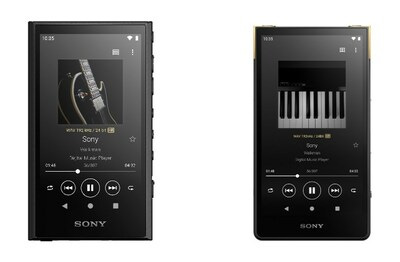
But let’s be real, for most of us the basic Sony Walkman or the SanDisk MP3 players would be best. However, if you’re up not looking for the latest and greatest devices out there, there are plenty of used goodies available to be found — and if you’re comfortable getting a little hands on with small tech gadgets, you can do some pretty phenomenal upgrades to things like old iPods. For example, I have an article forthcoming in which I replace the battery and hard drive in a 5th generation iPod Classic (more commonly known as the iPod Video) and it wasn’t that difficult. However, if that’s not your bag, you can find a used one on eBay or a refurbished/upgraded one over at Elite Obsolete Electronics.
Please note, I have no affiliation with EOE, I’m just a satisfied customer. They’re an awesome company that do good work and provide parts and tools to people like us who want to fix and mod our stuff.
As I said, for some people streaming may be a better means for enjoying music on the go but for me there are times when having a dedicated music device just makes more sense. There is also something to be said for knowing every album, every song, and every file in your library. There have been a ton of ways to enjoy portable music over the last 40-50 years, but in my book, the MP3 player tops them all.
Also, if you have questions, comments, or recommendations for the show or for articles, I’d love to hear them. You can leave a comment on this page, in the Substack chat, or join me on Telegram in The Retro Millennial group.




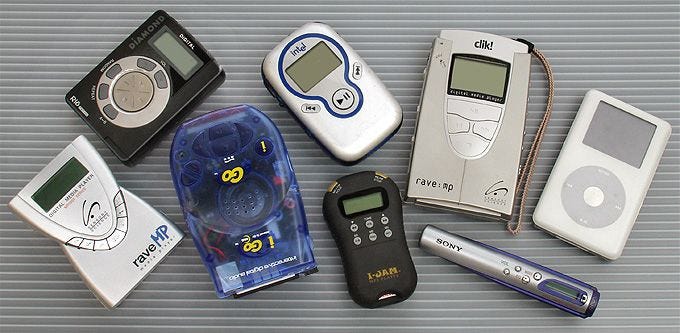


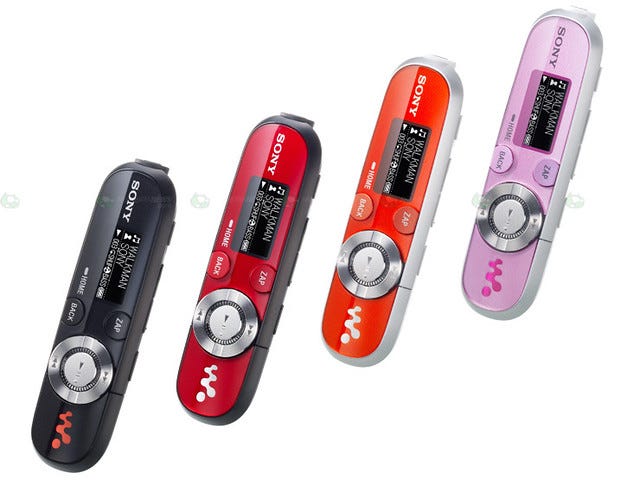
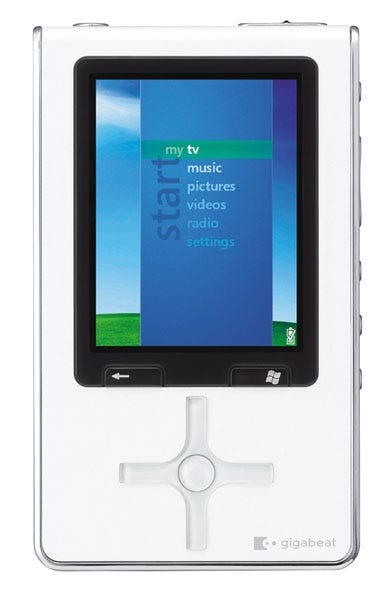
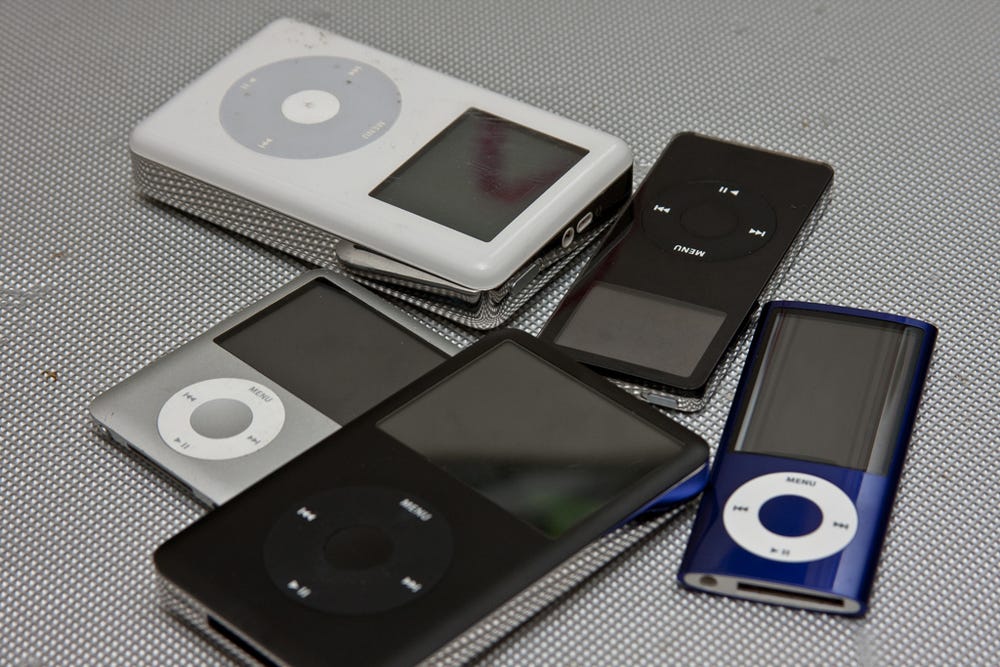
I enjoyed this so much. It actually brought back all sorts of memories. The mention of cassette tapes has me trying to remember the name of the music store in the mall where I grew up, one that would replace your tapes if they wore out.